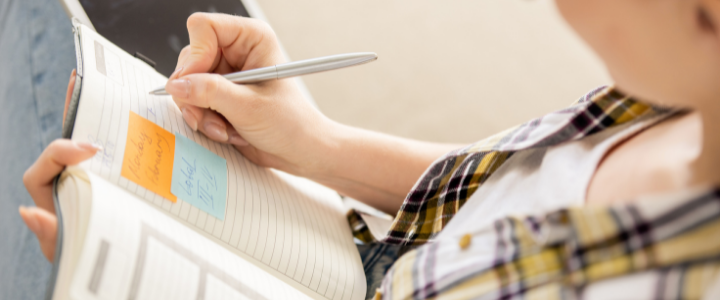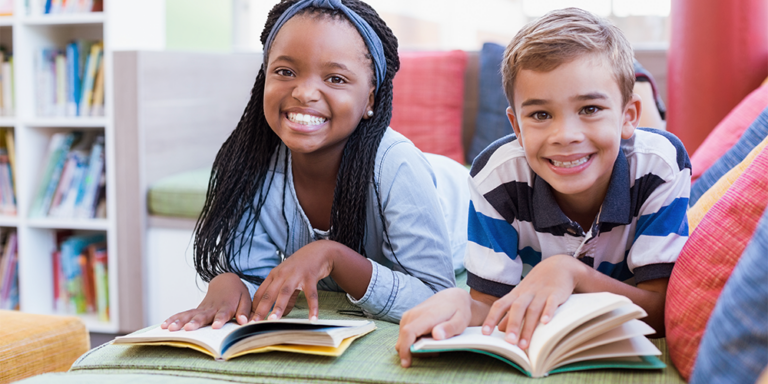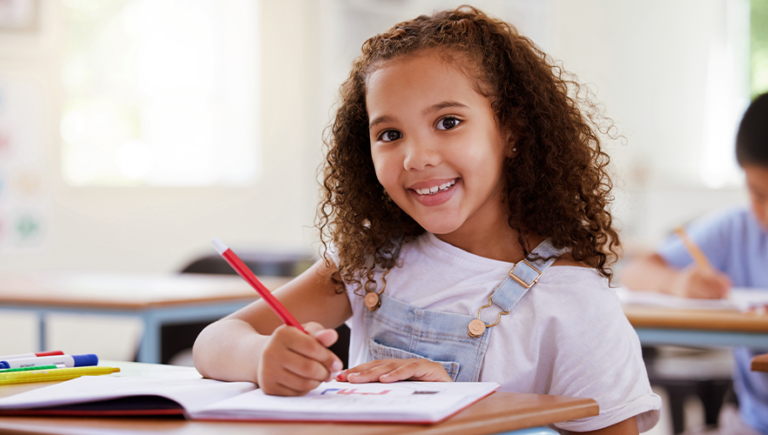Usain Bolt said, “It is important to set goals in life. I set mine to the highest standard I can achieve.”
Muhammad Ali said, “What keeps me going is goals.”
Venus Williams said, “I don’t focus on what I’m up against. I focus on my goals and ignore the rest.”
Any fitness trainer, physical education teacher, or coach will tell you that goal setting is key to improving athletic or sports performance. The Collaborative for Academic, Social, and Emotional Learning (CASEL) shares that goal setting is a component of self-management which is an essential skill for children to learn.
Most educators understand the importance of goal setting. There’s just one problem: goal setting is just the beginning.
We need our children to move from goal setting to goal GETTING! Anderson and Glover, authors of Building Character, Community, and a Growth Mindset in Physical Education, write, “…after goals are set, they are left alone…we often fail to recognize or prioritize the power of slowing down and going deeper.” They write about the importance of students not only setting goals, but also tracking progress and celebrating successes. The authors have developed a new format for goal setting/getting called GROWTH. While this model is meant for sports and athletics, it could work to achieve almost any goal. Take a look.
G-Goal…
This is where students set specific goals with baseline information and an end date.
R-Realistic Plan…
Students answer the questions, “What specific actions will I take to reach my goal? When, where, what and how often?”
O-Obstacles…
Students identify roadblocks and proactively think of solutions to use when they encounter the challenges.
W-Who and What?…
The learner identifies who can support them and what resources are available for help.
T-Tracking…
This step involves developing a tracking system to both progress monitor and reflect.
H-Habits…
Students think about new habits that are necessary to reach the goal and habits that will need to be maintained after the goal is achieved.
Teaching students this model and incorporating opportunities to track progress, reflect, and celebrate success will have a lasting impact. Feel free to use this helpful Goal Getting Action Plan with your learners, share it with your colleagues, or use it for your own goal-getting. (You will be asked to make a copy for your Google Drive.)
Henry David Thoreau got it right when he said, “What you get by achieving your goals is not as important as what you become by achieving your goals.” Help your learners become more.






